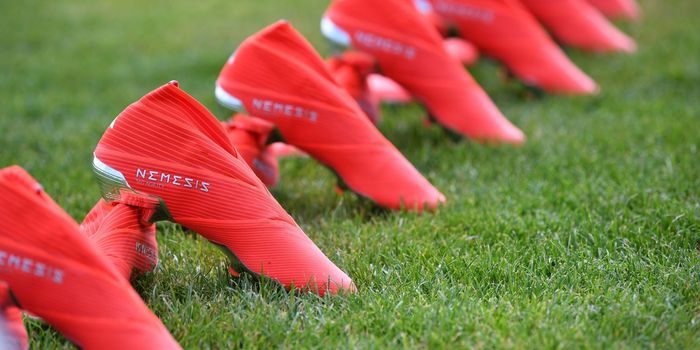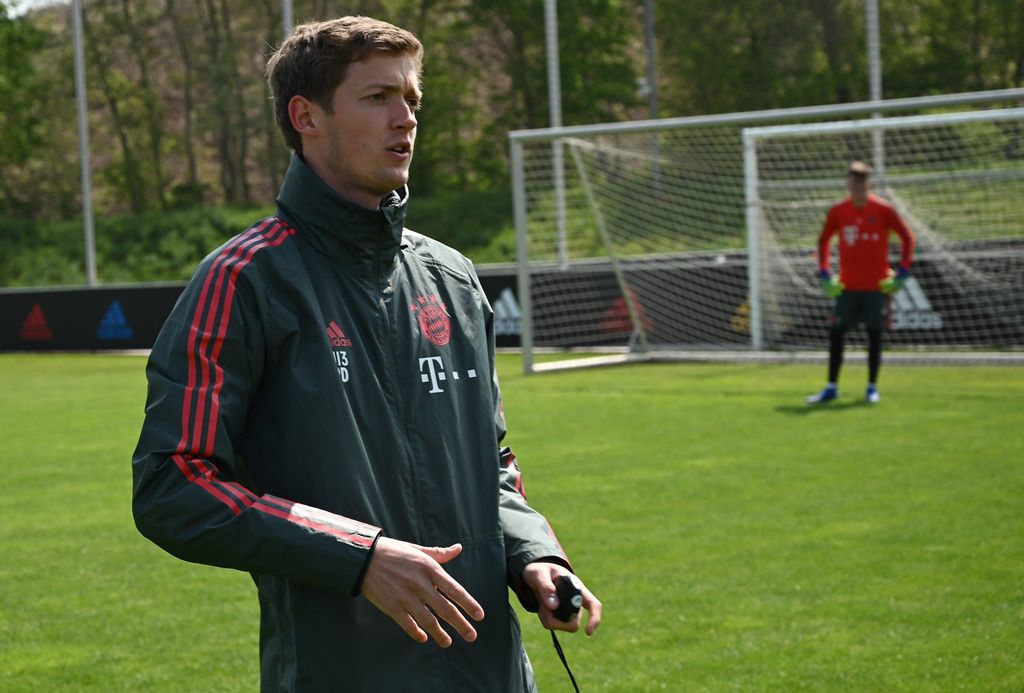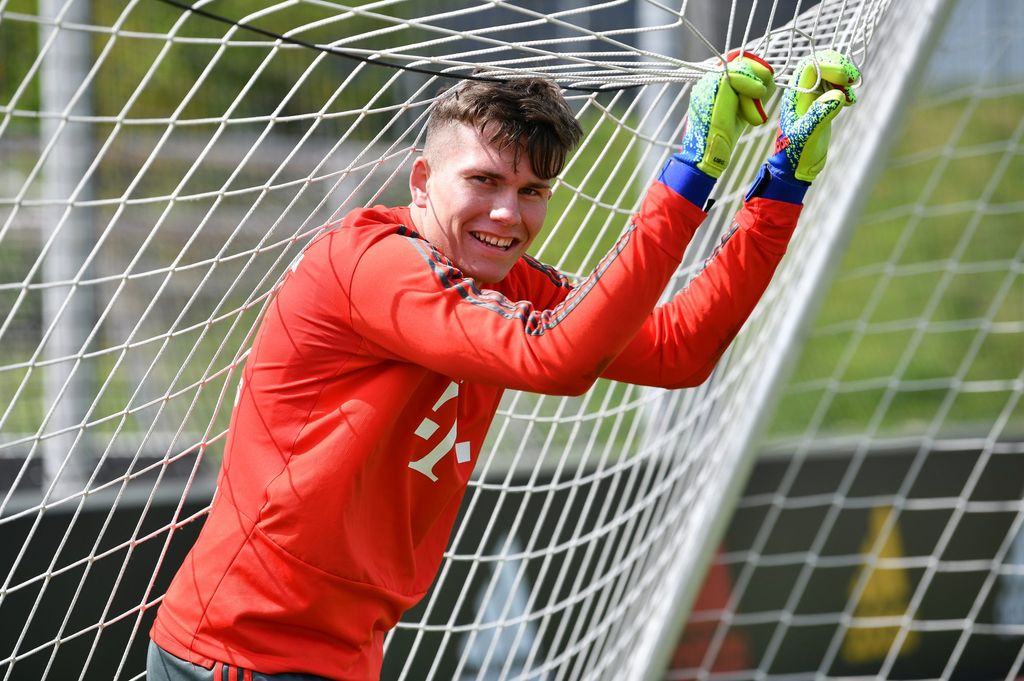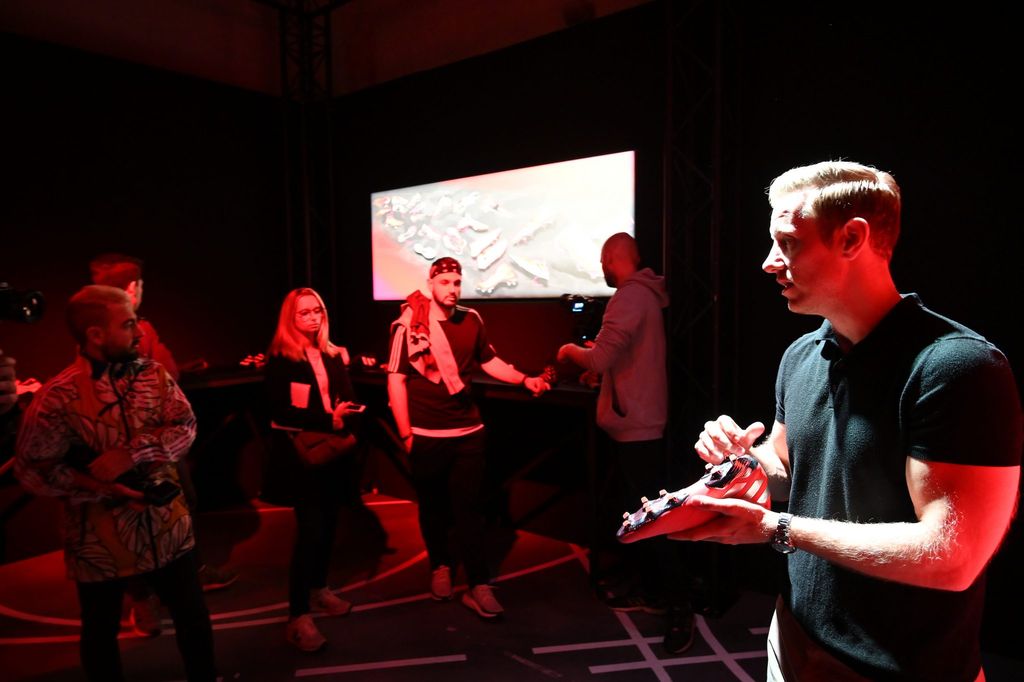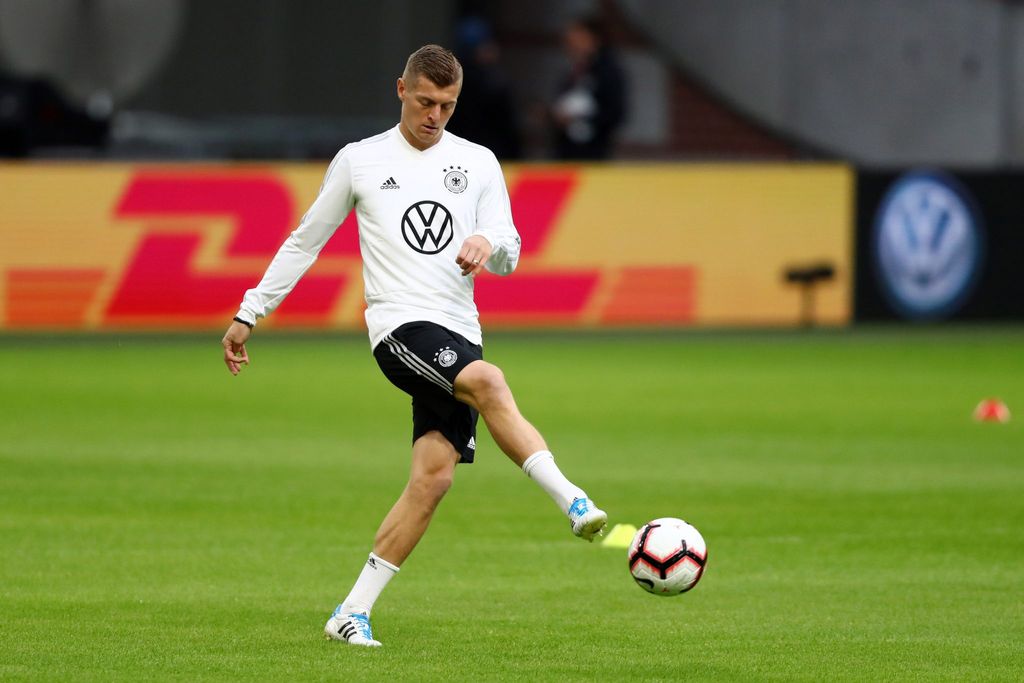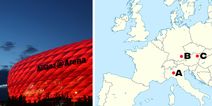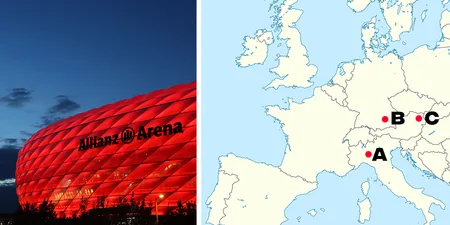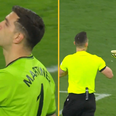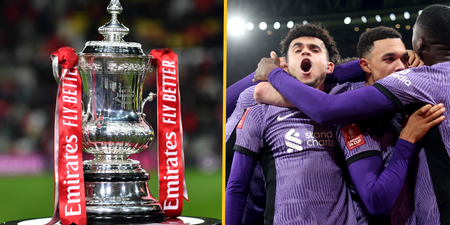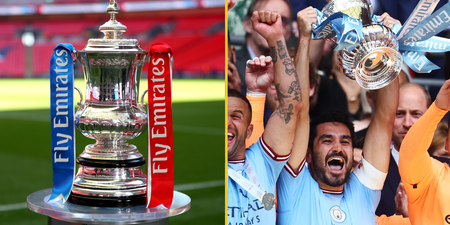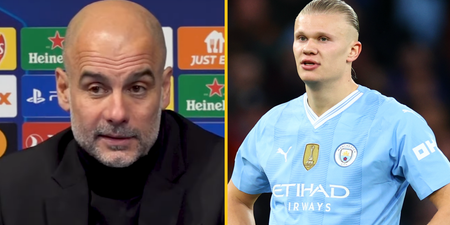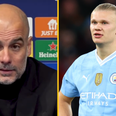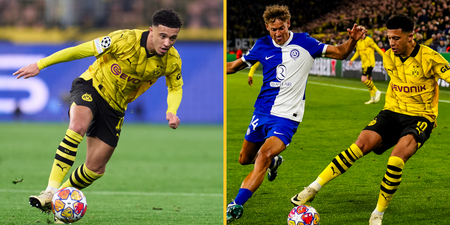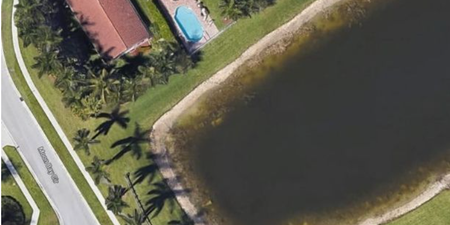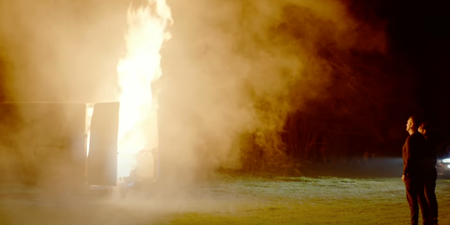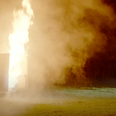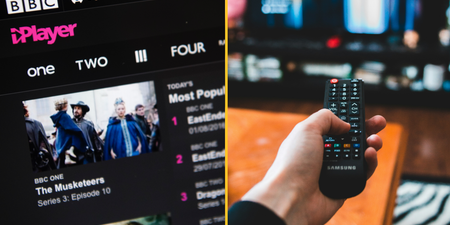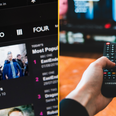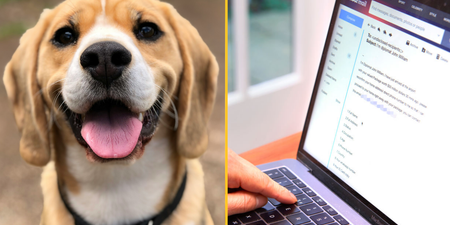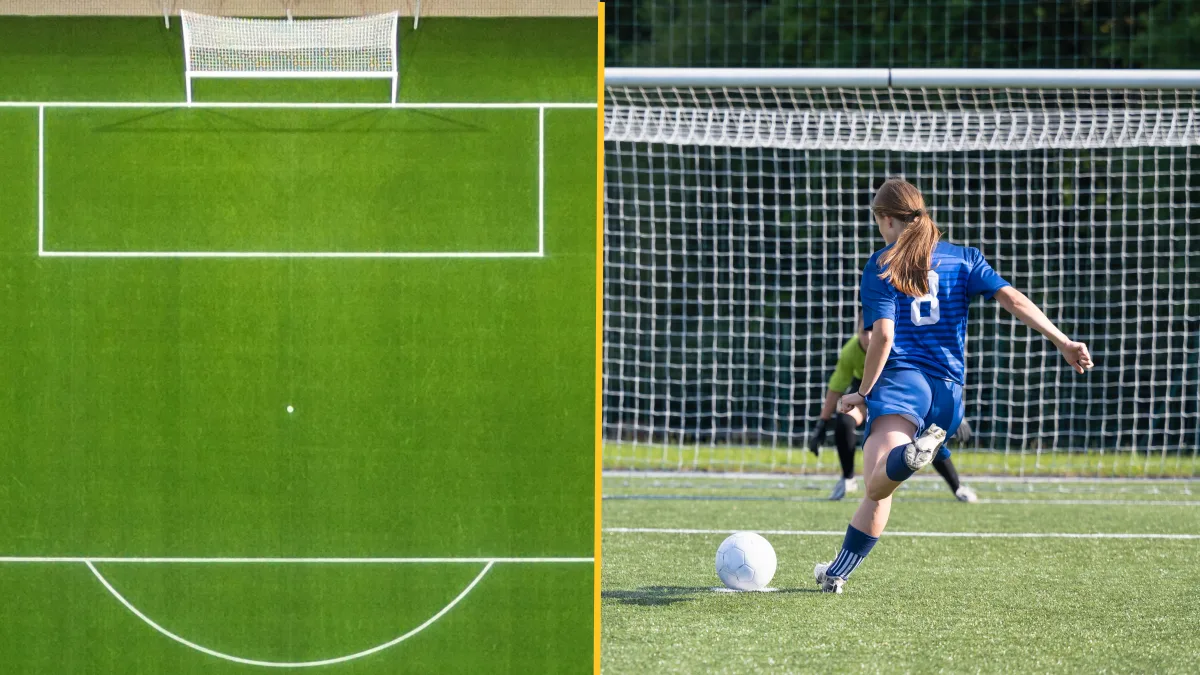We went to Herzogenaurach to test out the Nemeziz boot; this is what happened
“Sorry, my English is not so good,” says Bayern Munich’s under 13s coach.
“In the first drill, you have to run to the cone, receive the ball, dribble to the next cone, turn, pass to me, I will pass it back and you shoot at the goalkeeper.”
‘Not so good’.
I’m at the Adi Dassler Sportplatz, a small football ground named after the founder of adidas, hidden away on the outskirts of the brand’s headquarters in Herzogenaurach, Bavaria to test out the new Nemeziz boot.
As we emerge from the tunnel, the brand new Nemeziz 2019 boots are delicately lined up on the edge of a pristine football pitch, the spring sun glistening off the chrome panels on the boots.
After about five minutes of squeezing and stretching, I eventually manage to get a pair of them on my feet and despite the struggle, they fit like a glove. And look like bacon latticed over a Christmas turkey.
We are put through our paces by Bayern’s U13s coach, who demonstrates patience beyond his usual threshold as a bunch of amateurs who wish they were footballers (and still harbour hopes, in truth) attempt to complete the simple task of dribbling unopposed and shooting at a 16-year-old goalkeeper. I’m once again dealt a stark reminder as to why my dream of going professional hasn’t materialised. Yet.
The goalkeeper is alarmingly untested during the exercise, to the point that I almost feel bad for wasting his time with tame shots that he could save in his sleep. He has the build, technique and appearance of what I imagine the results would be if Die Mannschaft and adidas conjured the perfect formula for a goalkeeper and started mass-producing them in a factory.
After our training session is concluded, we head back inside to adidas HQ to learn more about the boot and the inspiration behind its conception.
Meandering through the complex, I’m struck by just how slick everything is. People dressed head to toe in adidas gear walk along the paths that connect each building as if they’re on looped circuit. You get the sense that nothing ever goes wrong in this place. People are having meetings sat in deck chairs. A brief sensation of Truman Show delusion rushes through me. This has to be a set. There must be cameras. It’s like they’ve put it all on just for us.
Inside the main building, ‘Laces’, its name inspired by its criss-cross architectural design, is a no-photo zone. Storyboards of ideas for shoe designs dominate the corridors, with space for passersby to leave feedback on the concepts. It’s like Charlie and the Chocolate Factory for trainer fanatics, without the problematic, singing helpers.
We are led to a room that takes me back to Year 10 woodwork. A carefully curated playlist of chilled sounds acts as a stimulant for employees to get their creative juices flowing. If they need a breather, a break from the stress of coming up with new shoe ideas, they can come into this room and come up with new shoe ideas.
A mountainous supply of materials is available to experiment with. It’s eerily quiet. I daren’t even attempt to make anything.
We then arrive in a dimly lit room, where Rob Ashcroft, the Senior Director of Product Marketing for adidas, is there, dressed in adidas polo and chinos, not a hair out of place, to talk us through the design process that led to this mid-top, bright red, elastic boot that will be worn by the likes of Lionel Messi, Bernardo Silva and Roberto Firmino.
Ashcroft uses phrases like ‘most progressive franchise’, ‘new challenging concept’ and ‘torsion, tension and compression’ when discussing the Nemeziz. To a footwear muggle like me, that all sounds like pseudo-science. It’s a boot, mate. But the longer you listen, the more it all seems to make sense.
“If you look at this material,” he says, “it looks as though it’s been pulled across the foot. The idea for that is that it gives you a better speed-like optic but also it gives you a better lockdown and a closer overall fit to the foot.”
It’s evident adidas have worked day and night to find a way of creating a boot with great stretch property, but maximum compression once it’s on your foot, and you can feel it. Despite the boot’s lack of laces, there’s never an urge to tighten them up, they simply fit your foot.
This is the future of football boots: laceless, elastic, futuristic, mega-socks aimed to maximise player agility. In fact, so invested in this technology is Ashcroft, that he tells me “laces are becoming obsolete”. Even the Copa 19, a modern iteration of adidas’ most iconic retro boot, is laceless.
When I ask whether this gravitation towards lighter materials which negate the need for laces betrays the principle of protecting a player’s feet, Ashcroft correctly points me in the direction of adidas’ other boot franchises: the Predator, the Copa and the X. Across their four boots, adidas cover all bases, meeting the needs of every athlete on their books. Except for, it seems, Toni Kroos, who still wears the white AdiPure boots from 2013 with blue trim.
Ashcroft reassures me that adidas are in regular contact with Kroos about what he desires from a boot, as they are with many other players, who make requests from the mundane to the utterly mad.
Some players, I am told, have asked for half a centimetre of material to be cut from the top of the boot, while others have requested for one boot to be a quarter of a size smaller than the other.
It is a fascinating and fleeting glimpse into the world of professional football, where millimetres can be, and often are, the difference.
Making our way back through the complex, adidas employees continue to pass through, every single one of them with an unsettling level of calmness given this is a high pressure work place. The automatic lawnmowers – or, ‘grass robots’ as our tour guide endearingly names them – continue to maintain the green areas on campus like semi-sentient beings. Coffees are had, meetings are held, and new, progressive concepts, like the Nemeziz, are conceived.
